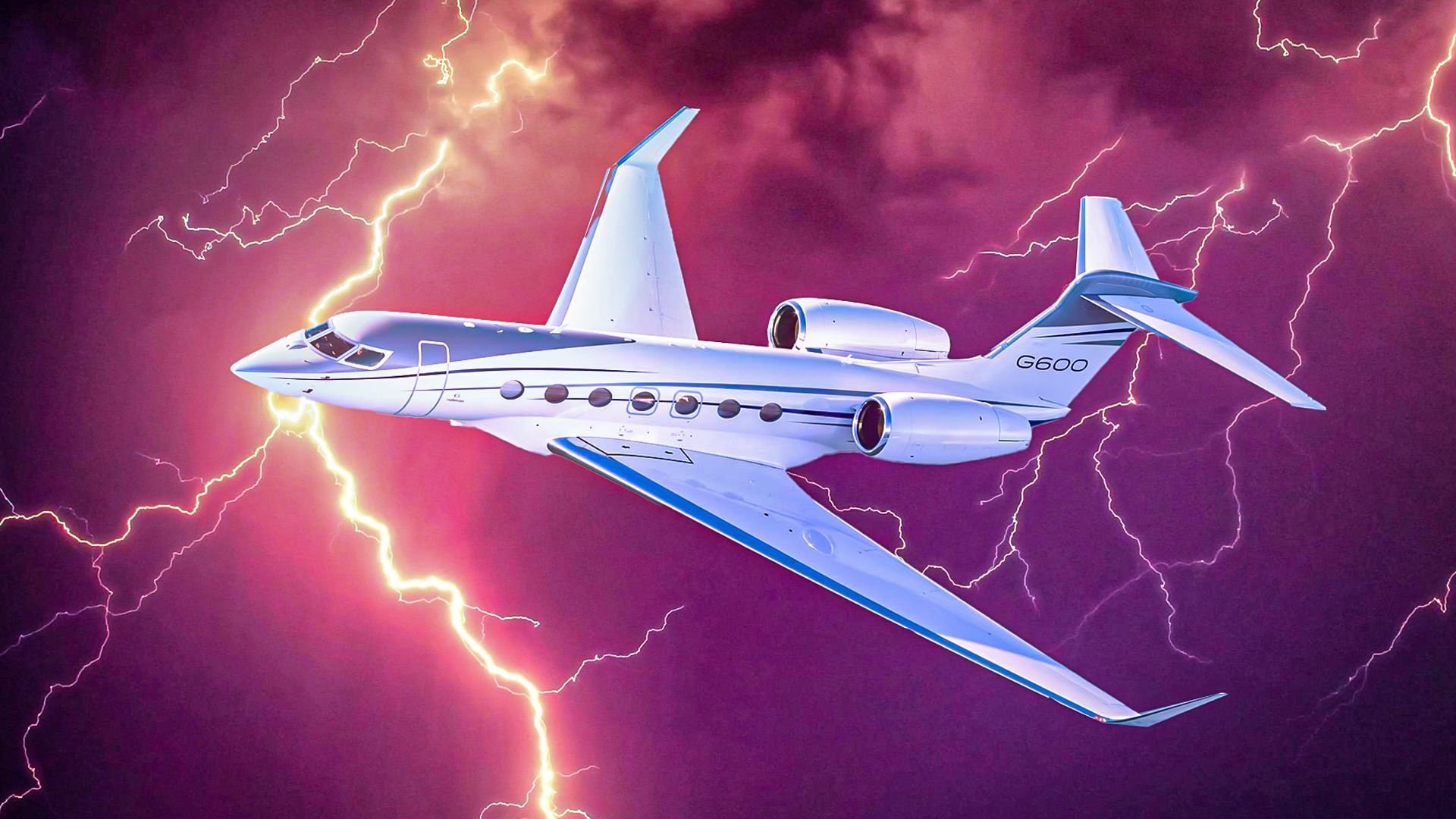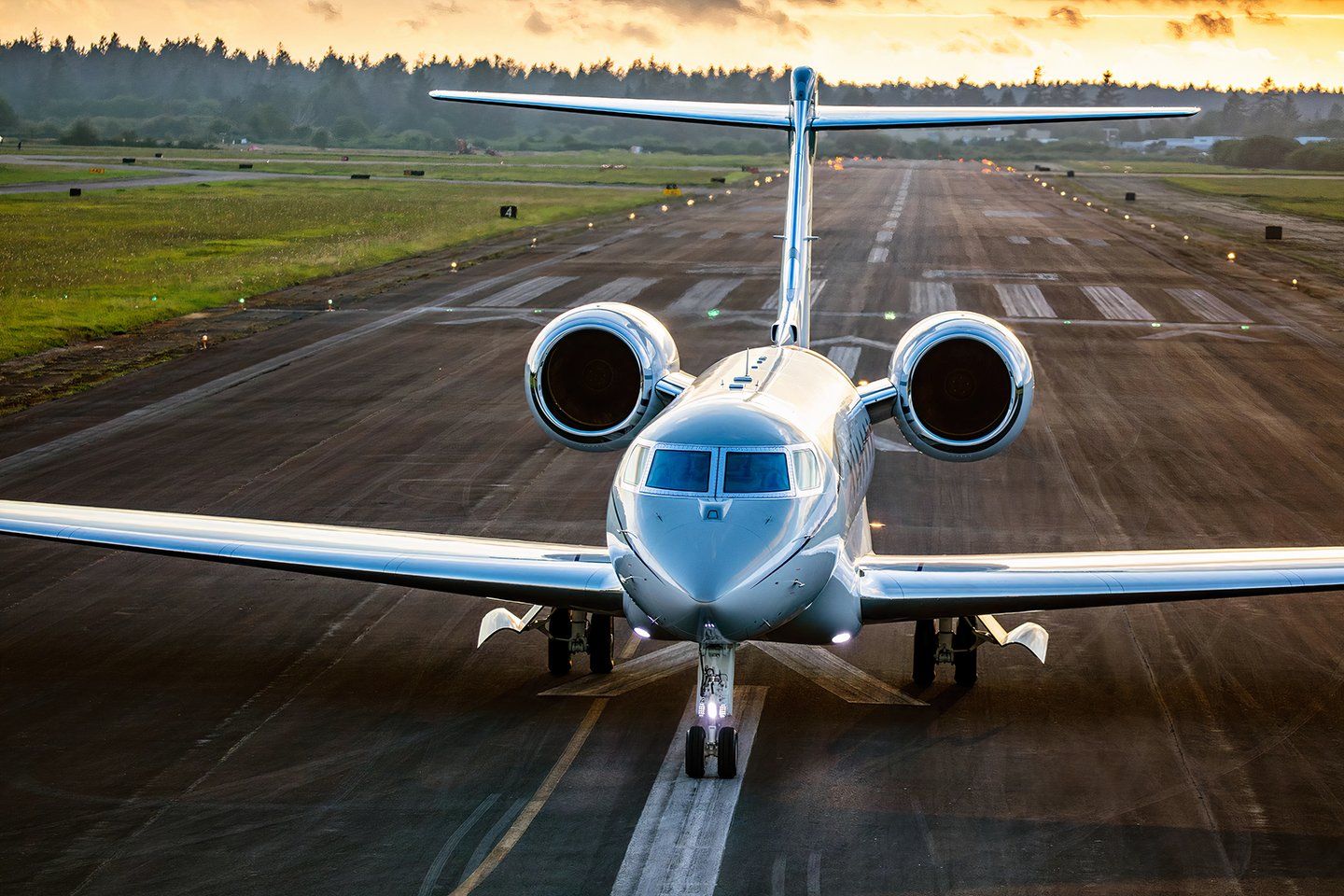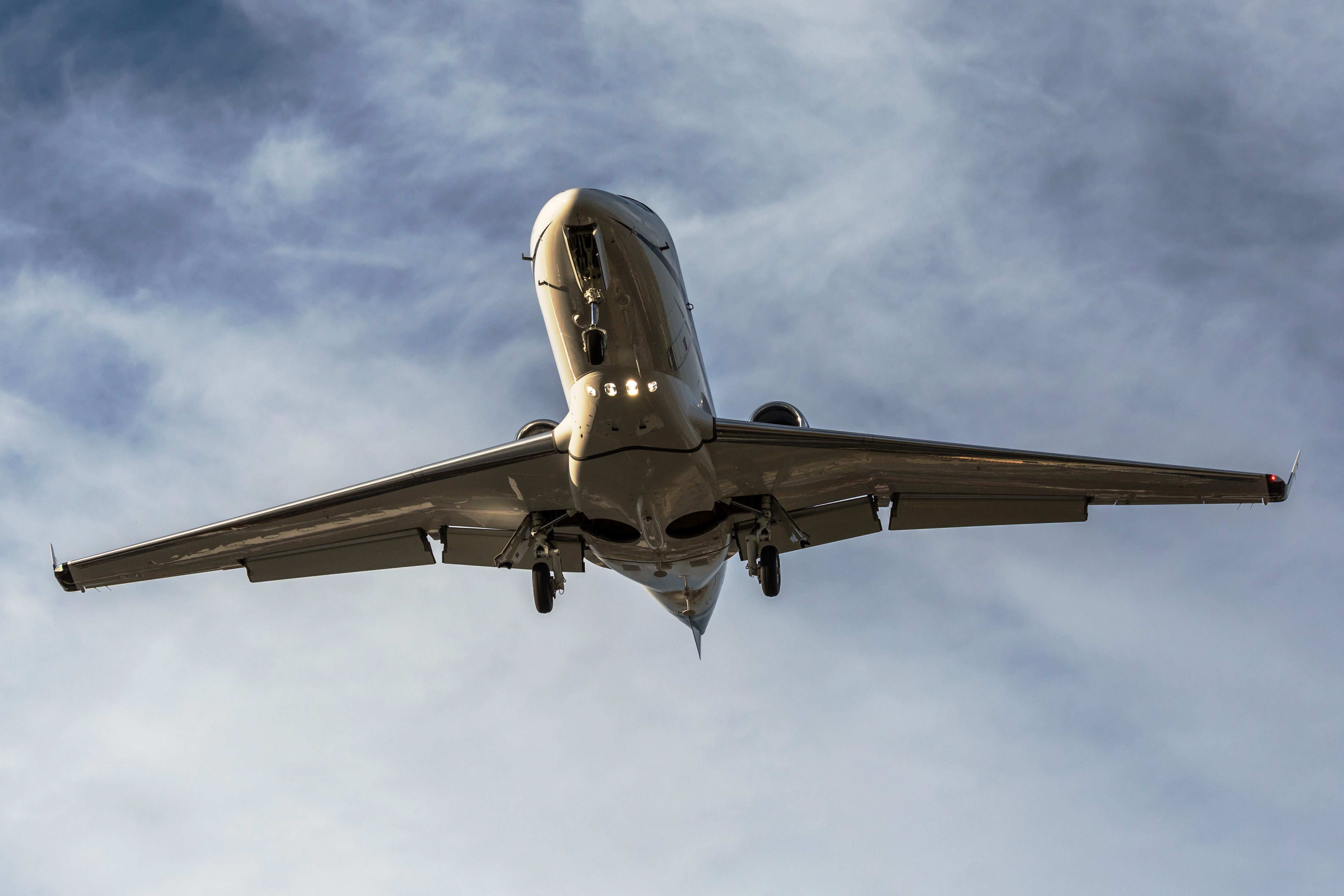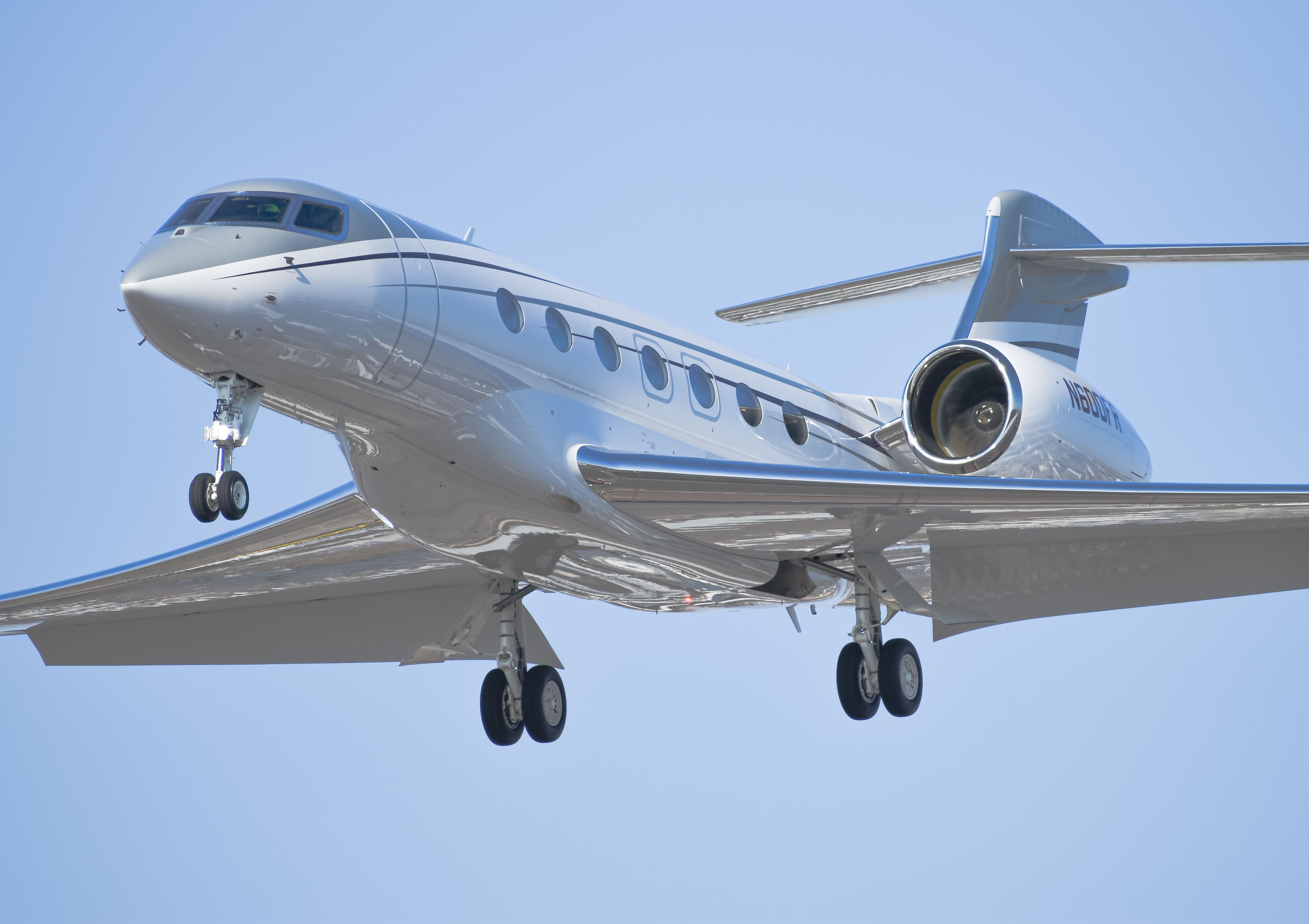Summary
- Gulfstream Aerospace has a rich history of producing innovative business jets, like the G700.
- The G600 has a spacious cabin, supersonic speeds, and a range of over 6,500 nautical miles.
- Purchasing a G600 costs around $60 million and operating expenses can hit $2 million per year.
Gulfstream Aerospace has been making aircraft since it was founded 66 years ago in 1958. The Savannah, Georgia-based company was a spin-off from Grumman Aircraft Engineering Co., which produced military aircraft. Grumman created the Grumman Gulfstream I, a turboprop business aircraft, in the late 1950s.
This aircraft saw great success and eventually led to the development of a jet-powered business aircraft. However, Grumman decided to separate the development of its military aircraft and the development of its business aviation aircraft into two separate companies. This led to the development of Gulfstream Aerospace to continue the production of civilian aircraft. Grumman continued the production of its military aircraft in Bethpage, New York, while Gulfstream was moved to Savannah, Georgia.
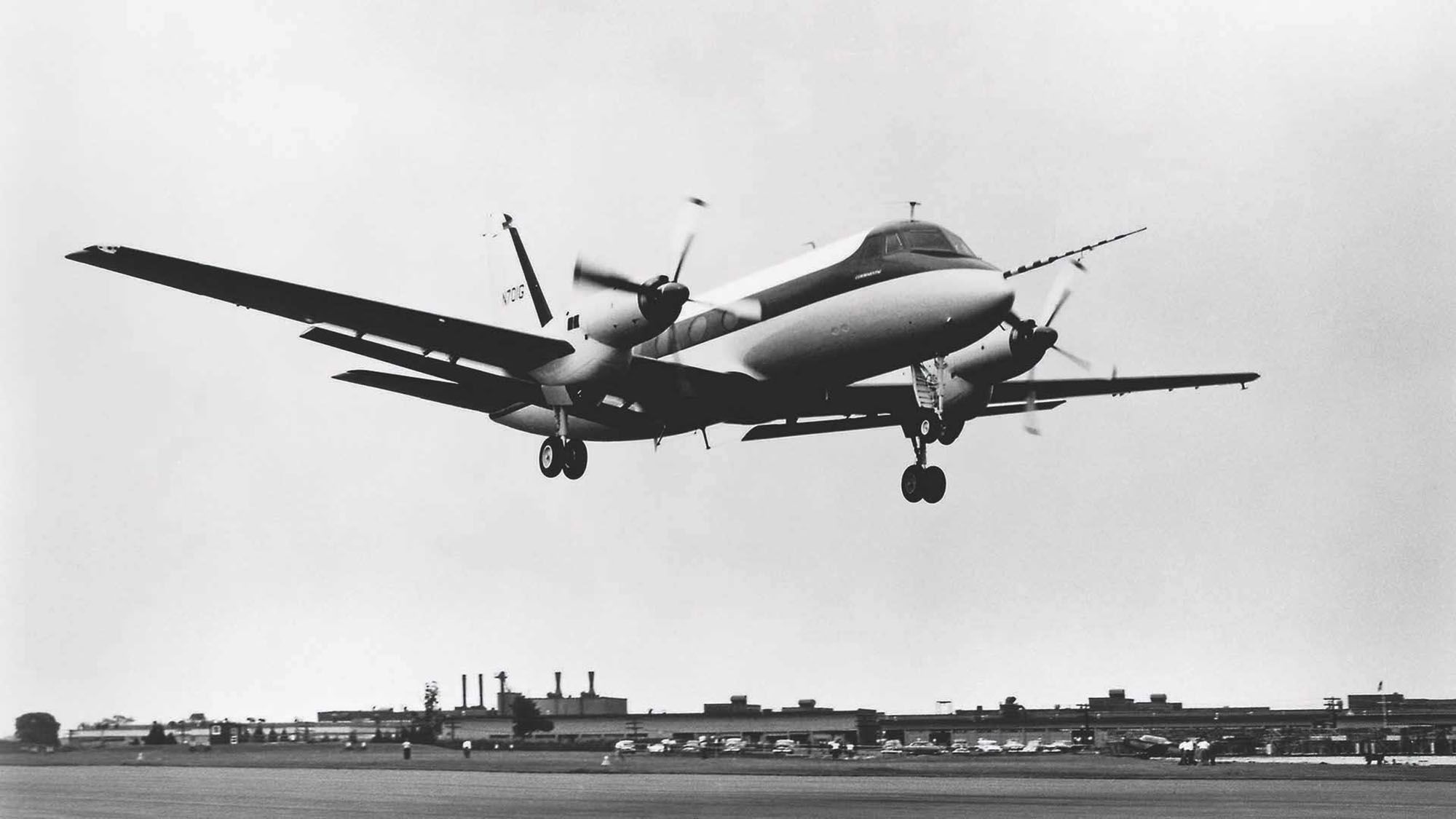
Related
Gulfstream: How The Private Jet Manufacturer Got Started
Featuring a long list of industry firsts and cutting-edge ideas.
Since Gulfstream was formed, the company has developed and produced some of the most notable business jets in history. This includes the Grumman Gulfstream II, which was the first large business jet and would later be developed into the Shuttle Training Aircraft, the Gulfstream GIII, GIV, and GV. Currently, the company produces the purpose-built business jet that flies the furthest in the world, the Gulfstream G700. It also intends to bring the G800 into service, which will reach a range of 8,000 nautical miles (9,206 miles), in the coming year.
Overall, Gulfstream produces several private jets that are considered to fall in the ultra-long-range business jet category. One of these popular aircraft is the Gulfstream G600. Over 125 of these large business jets have been produced since the G600 was first introduced in August 2019.
These aircraft are operating across the world by a wide variety of operators. Let’s take a closer look at this unique aircraft and what makes it special. Let’s also take a look at how expensive it is to purchase this aircraft and how expensive it is to operate it.
Brief history of the G600
As previously mentioned, Gulfstream first introduced the G600 in August 2019. Prior to that, the company unveiled the aircraft in October 2014. The G600 was also introduced with the smaller G500. These aircraft were meant to replace the aging G450 and G550 aircraft.
Both of these aircraft saw an immediately positive response, and the company soon after started a backlog of orders. During the announcement of these two new aircraft, a video was shown of the G500 already taxiing under its own power.
Photo: Gulfstream
The G600 followed the G500’s progress. The first prototype G600 conducted its maiden flight on December 17, 2016. Several other test aircraft were used for the flight testing and certification process.
During this developmental process, Gulfstream realized that it had a longer range than initially projected, for both Mach 0.85 flight and for Mach 0.90 flight. Eventually, the G600 received its type certificate from the Federal Aviation Administration (FAA) in June 2018. This led to deliveries of the aircraft beginning on August 8, 2019. Certification from the European Aviation Safety Agency (EASA) came later, and European deliveries began in December 2020.
Special features of the G600
As previously mentioned, the G500 and the G600 share the same fuselage cross-section as well as other features. However, the G600 has a fuselage that is about five feet longer. It also utilizes a wing that is slightly wider than the G500’s.
Overall, the large fuselage of the G600 allows for a cabin that can fit up to 19 passengers. This aircraft has the following interior measurements:
- Cabin height: Six feet two inches
- Cabin width: Seven feet seven inches
- Cabin length: 45 feet two inches
This cabin can fit up to four customizable interior zones. It can also be changed to fit three longer zones, which may include a crew rest area. It also has approximately 175 cubic feet of storage area for luggage.
Photo: BlueBarronPhoto | Shutterstock
The newly introduced wing is similar to the successful G650’s supercritical wing. The larger wing is about eight feet wider than the G500, which provides additional fuel tanks. The G600 is powered by two Pratt & Whitney Canada PW815GA engines, which provide the aircraft with a total of nearly 16,000 pounds of thrust. This helps the aircraft achieve the following performance measures:
|
Length |
96 feet one inch |
|---|---|
|
Wingspan |
94 feet two inches |
|
Height |
25 feet three inches |
|
Maximum takeoff weight (MTOW) |
94,600 pounds |
|
Maximum speed |
Mach 0.925 (611 miles per hour) |
|
Cruise speed |
Mach 0.85 (561 miles per hour) |
|
Range |
6,600 nautical miles (7,595 miles) |
|
Flight ceiling |
51,000 feet |
How expensive is the G600 to operate?
Currently, there are over 130 G600s flying throughout the world. According to AviationInsider, purchasing a G600 will cost the buyer nearly $60 million. When it was first introduced, these aircraft were sold at just under $55 million. Additional costs may be incurred for other upgrades, such as different avionics packages or different interior configurations. Used G600s are quite rare, as the aircraft is still new to the market. However, prices for slightly used G600s typically hover at around $50 million, per Controller EMEA.
Photo: Peter Bueno | Shutterstock
The cost of operating this large aircraft is dependent on how many hours are flown. Operators and owners will incur a standard fixed cost each year. Some of these costs include hangar rental, insurance, and crew management costs. Per GuardianJet, these costs may reach up to $1.3 million.
There are also variable costs which are dependent on flight hours. Some of these costs may include fuel prices, landing feeds, maintenance, and engine overhauls. Per GuardianJet, this typically comes out to approximately $7,000 per flight hour. This brings the average cost of operating an aircraft that flies 300 hours a year to about $2 million.

